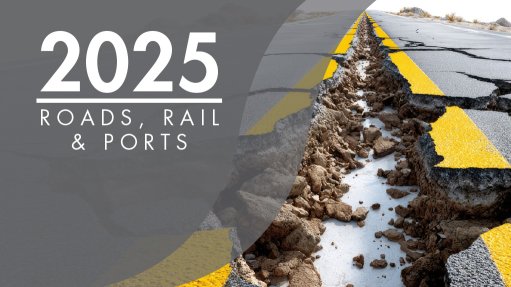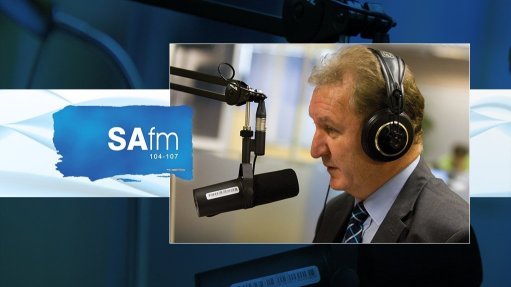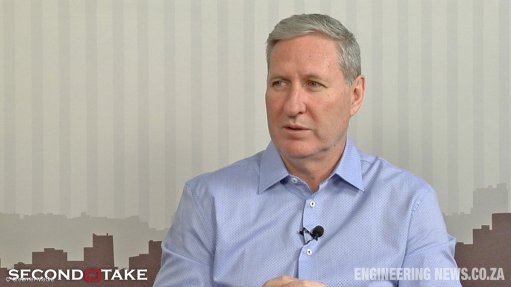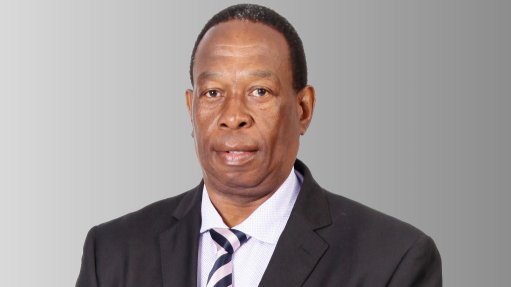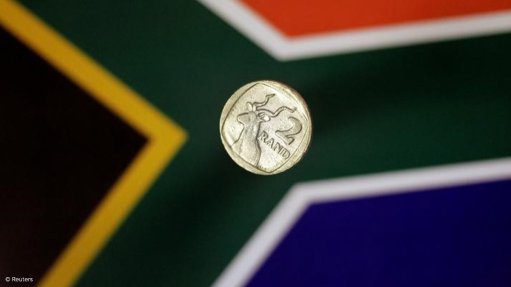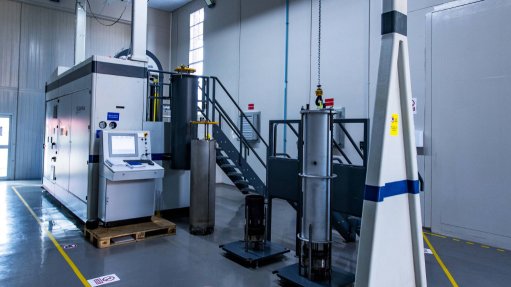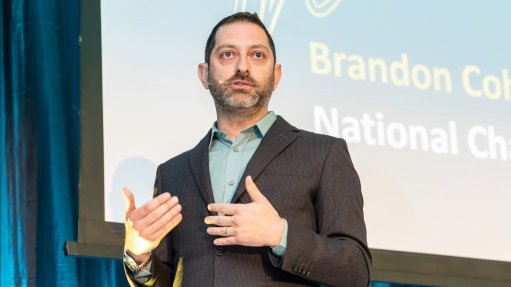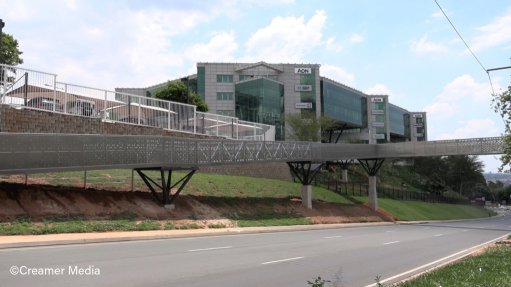Eskom finalising PPP framework for 5 GW just energy transition pipeline
Eskom reports that repowering projects with a combined capacity of 5 GW are currently under development across six coal power station sites and that it is aiming to implement 2 GW by 2026, mostly through public-private partnerships (PPPs).
In a presentation to the Portfolio Committee on Electricity and Energy, the State-owned company said the projects formed part of the repowering component of its Just Energy Transition (JET) strategy, which was also central to “kickstarting” a broader aspiration to introduce 20 GW of clean generation by 2040.
Group executive for generation Bheki Nxumalo reiterated that the JET strategy – which involved both ‘repowering’ the sites using renewables, battery and even gas technologies, as well as ‘repurposing’ of power station assets for alternative economic activities, such as training, manufacturing and farming – had been decoupled from the coal shutdown plan to create “breathing space” for better planning and implementation.
The decoupling followed criticism that the closure of the Komati power station took place before the repowering and repurposing projects were fully funded or ready for implementation.
It has also been facilitated by the fact that Eskom received permission from government to continue to operate Hendrina, Grootvlei, Arnot, Camden and Kriel, which were meant to have been decommissioned during the 2020s, at existing minimum emission standards plant limits until March 31, 2030.
Group executive for renewables Rivoningo Mnisi revealed that, besides Komati, JET strategies had been approved for Hendrina, Camden, Grootvlei, and were at an advanced stage for Arnot and Kriel.
At Komati, where the repowering plan involved 122 MW of solar PV and a 150 MW battery energy storage system (BESS), contractors had been shortlisted for the supply and installation of a 72 MW solar PV plant and 150 MW BESS facility, with contract awards expected in the coming months.
However, Mnisi described developments at Grootvlei as “a living example of how JET should be implemented”, explaining that the repowering and repurposing initiatives had been divided into two phases, with the first phase to proceed ahead of the plant’s 2030 retirement.
For instance, the plan to build 195 MW of solar PV at the station had been broken into two, with the first 100 MW to be implemented by 2029 together with a 150 MW BESS project. The second 95 MW of solar PV would be implemented after the dead stop date for the station, where Eskom was also aiming to introduce two synchronous condensers; a technology that will help maintain grid stability as the penetration of variable renewable energy rises.
A similar staged approach would be adopted for the repurposing projects, which included a 5-ha climate-smart horticulture centre, a 15-ha commercial agricultural project, a training centre, and possible ash beneficiation projects.
Likewise two-phase development planning is under way at the other four stations to ensure the emergence of new electricity and non-electricity activities prior to decommissioning, and with plans to scale these up further following the ramp down of the final units.
Eskom again confirmed that the repowering initiatives being developed at the four stations included:
- 800 MW of solar PV at Arnot by 2030, alongside 200 MW of BESS and 168 MW of wind;
- 680 MW of solar PV at Camden by 2028;
- 587 MW of solar PV at Hendrina by 2028; and
- 800 MW of solar PV at Kriel by 2030, together with 200 MW of BESS and 1 000 MW of gas to power.
Wind and BESS projects were also being developed for Camden and Hendrina.
Mnisi indicated that, owing to Eskom’s balance sheet constraints, the projects would be pursued as PPPs and could involve blended finance that included both development and commercial finance.
“What is key is how we go to market with these initiatives and one of the key things we are working on very closely is around our PPP model,” he reported.
“From what we see, there is no shortage of funding to support the clean-energy initiative, what is more important is the governance structures to allow for the PPPs and for the funding model to take place.”
Group executive for strategy and sustainability Nontokozo Hadebe indicated that Eskom planned to use a modest portion of the R521-billion capital expenditure earmarked in its five-year corporate plan to help “catalyse” its renewables and gas investments.
“But we are mindful that not everything can be funded internally, so we will be relying quite a lot on private sector partnerships,” she said.
No specific mention was made of the recent decision by the Climate Investment Funds (CIF), which is backed by six multilateral development banks, to approve an update to South Africa’s Accelerating Coal Transition investment plan, which had been in doubt after Eskom delayed the decommissioning of Camden, Grootvlei, and Hendrina power stations from 2027 to 2030.
With the approval secured, up to $2.6-billion could be unlocked, including $500-million from the Clean Technology Fund, of which $50-million would be in the form of a grant and $450-million in the form of a highly concessional CIF loan.
The funding would be directed through the National Treasury, with the funding providers having stipulated that there should be private sector involvement in the projects.
Article Enquiry
Email Article
Save Article
Feedback
To advertise email advertising@creamermedia.co.za or click here
Comments
Announcements
What's On
Subscribe to improve your user experience...
Option 1 (equivalent of R125 a month):
Receive a weekly copy of Creamer Media's Engineering News & Mining Weekly magazine
(print copy for those in South Africa and e-magazine for those outside of South Africa)
Receive daily email newsletters
Access to full search results
Access archive of magazine back copies
Access to Projects in Progress
Access to ONE Research Report of your choice in PDF format
Option 2 (equivalent of R375 a month):
All benefits from Option 1
PLUS
Access to Creamer Media's Research Channel Africa for ALL Research Reports, in PDF format, on various industrial and mining sectors
including Electricity; Water; Energy Transition; Hydrogen; Roads, Rail and Ports; Coal; Gold; Platinum; Battery Metals; etc.
Already a subscriber?
Forgotten your password?
Receive weekly copy of Creamer Media's Engineering News & Mining Weekly magazine (print copy for those in South Africa and e-magazine for those outside of South Africa)
➕
Recieve daily email newsletters
➕
Access to full search results
➕
Access archive of magazine back copies
➕
Access to Projects in Progress
➕
Access to ONE Research Report of your choice in PDF format
RESEARCH CHANNEL AFRICA
R4500 (equivalent of R375 a month)
SUBSCRIBEAll benefits from Option 1
➕
Access to Creamer Media's Research Channel Africa for ALL Research Reports on various industrial and mining sectors, in PDF format, including on:
Electricity
➕
Water
➕
Energy Transition
➕
Hydrogen
➕
Roads, Rail and Ports
➕
Coal
➕
Gold
➕
Platinum
➕
Battery Metals
➕
etc.
Receive all benefits from Option 1 or Option 2 delivered to numerous people at your company
➕
Multiple User names and Passwords for simultaneous log-ins
➕
Intranet integration access to all in your organisation








